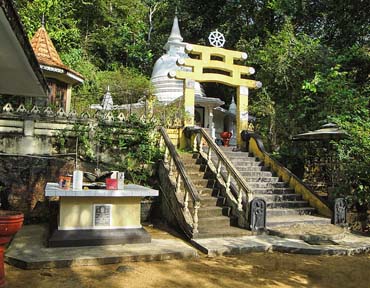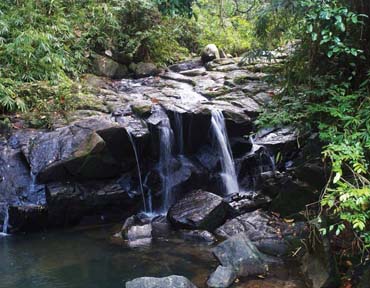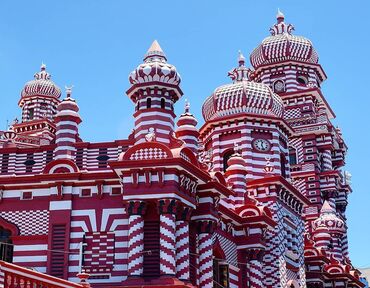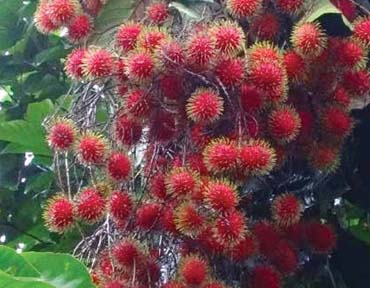


The religious history of Sri Lanka is the largest part of Sri Lankan history that deeply embedded into its culture and shaping the traditions norms and giving the inhabitants of the country the well founded calmness, serenity, the proudness and the sense of belonging in the modern era. Illustrating the spiritual aspects, showcasing the physical evidences of religions and their history is a intrinsic part of a highly unique heritage. And monasteries falls into such proud heritage where spiritual aspects of religions transcends the entire civilizations, in thus giving the monastery be the living proof of such tranquil heritage where spirituality and self actualization as well as personal enlightenment were not mere dreams. Transcending the natural world to accommodate the needs of humanity still while preserving the sustainability and maintaining well balanced natural adoption into a peaceful eco-system as well as still walking on the path of seeking the inner peace, the Monasteries are the best ever integration between the humanity inside a natural world, in architectural designs or otherwise. Madakada monastery or Madakada Aaranya Senasanaya is one of the best interconnected path of humanity and nature. Madakada Aaranya not only illustrating the tranquility of Buddhism but also welcomes the humanity into its embrace with open arms disregarding the barriers of humanity that device them from each other and the nature itself. Under the vibrant greenery of the forest safely tucked away and opened to anyone and everyone a silent gateway to illustrate the path to transcends, the Madakada Monasteries is a true relic of the Buddhist civilizations giving away the roots of spiritual tranquility. Nestle inside the forest at Ingiriya of Kaluthara District the Madakada Monastery is also famous for its name as Nachchimale Manastry, housing the ideal background with forest reserve, the rhythmic stream of water flow of a nearby branch cannel named Nambapana Ala, or also known as Nachchimale Dola, the gently swaying leaves of the trees and hosting over playful wind current has given the Ambiance to this area with its huge Flora and fauna seeking refuge, is one of the greatest destination if one is searching for the tranquility of mind.

Located in the Palindanuwara area the Halmba Pili Hatha is another unique waterway, which is yet to get the footfall of the visitors. This is one of the many smaller waterfalls found in the Palindanuwara area.

Spiritual tranquility is a rare phenomenon in the busy streets of Colombo city, yet standing tall spreading the soothing praying sounds and spiritual tranquility is the architectural wonder of Islamic religion the Red Musjid. Built in early 20th century, the red Musjid is one of the finest arts in Colombo with theme in red and white stripped painting to its architectural designs. As the mixture of Indu-saracenic, Indu-saracenic, Indian, gothic and neo-classics well as the British Colonial architectural styles, the red Musjid has various names denoted to its beauty; such as , Rathu Palli, Samman Kottu Palli, Red Mosque. The inspiration for this religious architecture was the pomegranate fruit. With the pomegranate as its base shape, the domestic, ceilings, harem windows the wooden carvings of pillars, the bright chandelier eventuate the shrine's profile.

Gampaha District happens to be one of the key places in the country to have rich fertile soil that enable to grow any fruit or a vegetable including paddy